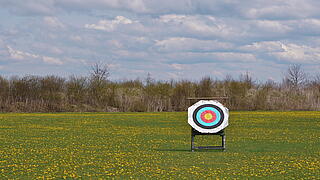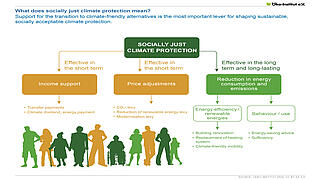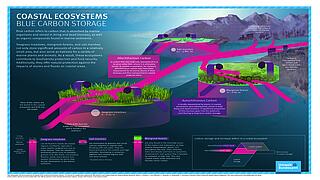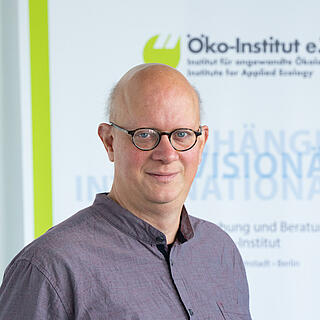The restructuring and expansion of the electricity infrastructure are a key challenge in the energy transition. Increased power generation from renewable sources such as wind and photovoltaics means that greater flexibility – in terms of both location and timing – must be built into the infrastructure. A needs-based expansion of power grids and storage facilities is required in order to ensure adequate north-south transmission of wind-generated electricity and to balance out fluctuations in power generation depending on wind conditions and time of day. s
Designing and managing flexibility in the power system, particularly in the electricity grids, is the focus of numerous studies conducted by the Oeko-Institut. Scenarios for flexible power generation and consumption have a particularly important role to play in identifying scope to ease the pressure on power grids and ensure cost-effective network development. Based on these scenarios, the researchers produce recommendations on the development of policy frameworks so that the power system can operate in a safe, economical and climate-neutral manner in future. This is the basis for optimising renewable energy use and reducing the costs of power generation.













